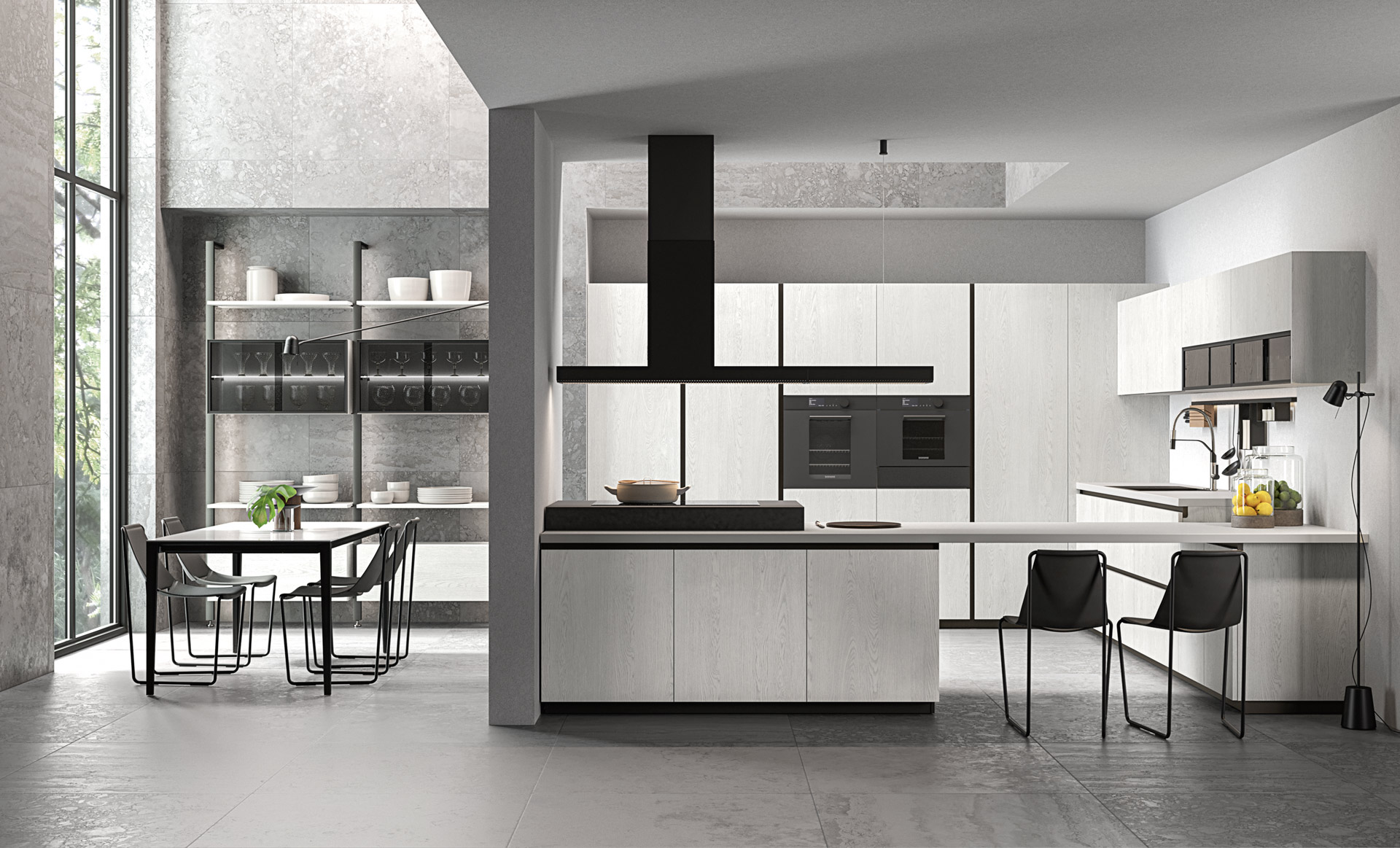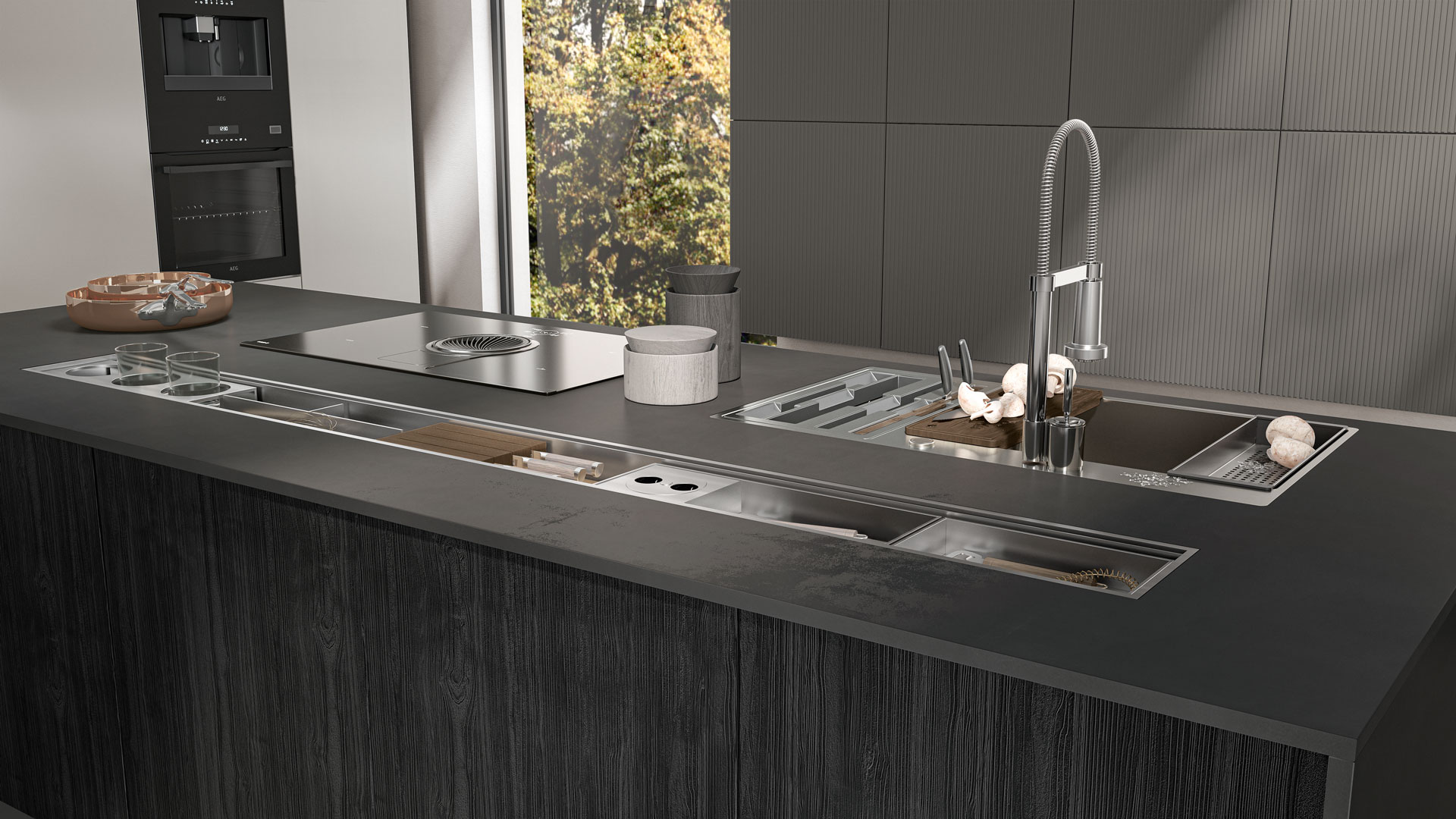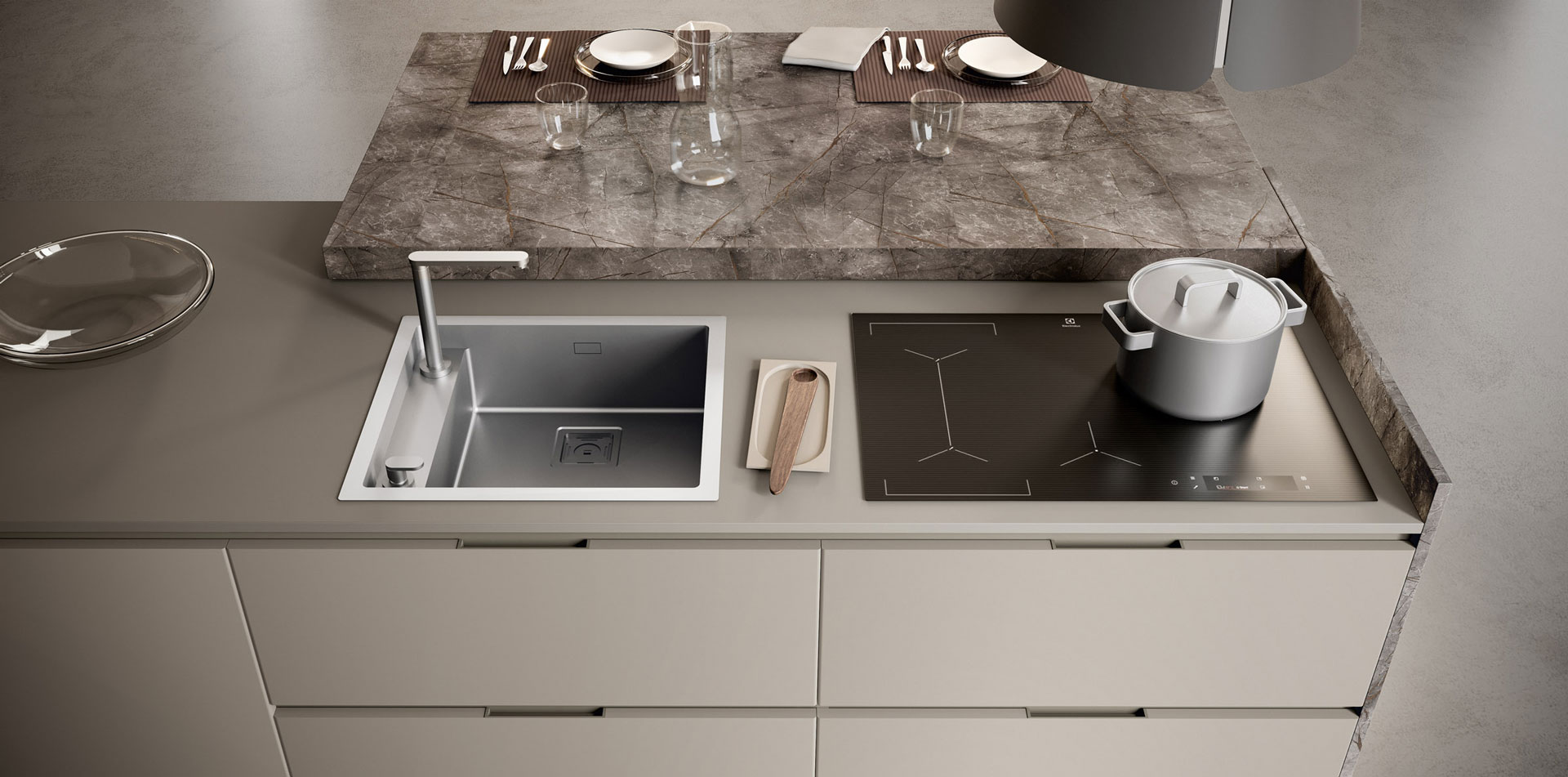
Open or Closed Kitchens: Which is the Right Choice for You?
The kitchen is the heart of the home, where meals are prepared, eaten, and socialized. When designing or renovating a kitchen, one of the most important questions to ask is whether to opt for an open or closed kitchen. Both solutions have their advantages and disadvantages, and the choice depends on individual needs and preferences.
In this article, we will explore the differences between open and closed kitchens and provide some tips to help you choose the right one for you.
Open Kitchens
Open kitchens are characterized by a layout without dividing walls between the kitchen and the rest of the house. This solution has become increasingly popular in recent years, thanks to the trend towards open spaces and the preference for kitchens as a place to socialize.
Some of the advantages of open kitchens are:
- Natural light: Being open, open kitchens benefit from more natural light, making them brighter and airier.
- Space: Open kitchens create a sense of space and openness, which can be particularly important in small homes.
- Socialization: Open kitchens allow for socializing with guests while cooking, creating a more informal and welcoming atmosphere.
Some of the disadvantages of open kitchens are:
- Noise: Open kitchens can create more noise and a sense of confusion, especially when there are guests.
- Odors: Open kitchens can spread cooking odors throughout the house.
- Clutter: Open kitchens require more effort in organizing and cleaning, as the kitchen is always in view.

Closed Kitchens
Closed kitchens, on the other hand, are characterized by dividing walls between the kitchen and the rest of the house. This solution has traditionally been the preferred choice for kitchens, as it offers more privacy and greater flexibility in organizing spaces.
Some of the advantages of closed kitchens are:
- Privacy: Closed kitchens offer more privacy and a sense of separation between the kitchen and the rest of the house.
- Organization: Closed kitchens offer greater flexibility in organizing spaces and arranging furniture.
- Noise and odors: Closed kitchens can limit the spread of noise and cooking odors throughout the house.
Some of the disadvantages of closed kitchens are:
- Space: Closed kitchens can create a sense of closeness and confinement, especially in small homes.
- Natural light: Closed kitchens may benefit from less natural light, making them darker and less welcoming.
- Socialization: Closed kitchens can create a sense of separation and isolation, as the kitchen is separate from other areas of the house.

How to Choose Between Open and Closed Kitchens
The choice between an open or closed kitchen depends on individual needs and preferences. Some factors to consider are:
- Space: In a small home, an open kitchen may be the better choice to create a sense of space and openness. On the other hand, in a larger home, a closed kitchen may offer more privacy and greater flexibility in organizing spaces.
- Cooking habits: If you cook often and prefer more privacy, a closed kitchen may be the better choice. On the other hand, if you prefer to socialize with guests while cooking, an open kitchen may be the better choice.
- Design: The choice between an open or closed kitchen also depends on the style and design of the home. In general, open kitchens fit better with a modern and minimalist design, while closed kitchens fit better with a traditional style.
In conclusion, the choice between an open or closed kitchen depends on individual needs and preferences. If you are planning to design or renovate your kitchen, evaluate the advantages and disadvantages of both solutions and choose the one that is right for you.




 Google Chrome
Google Chrome
 Mozilla Firefox
Mozilla Firefox
 Microsoft Edg
Microsoft Edg
 Safari
Safari